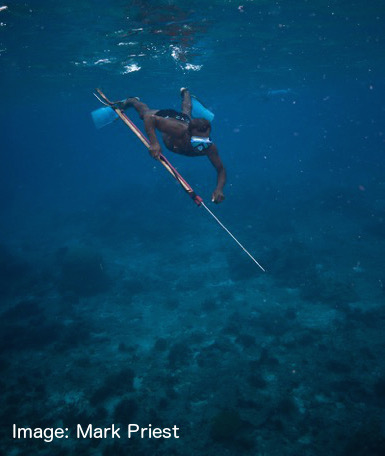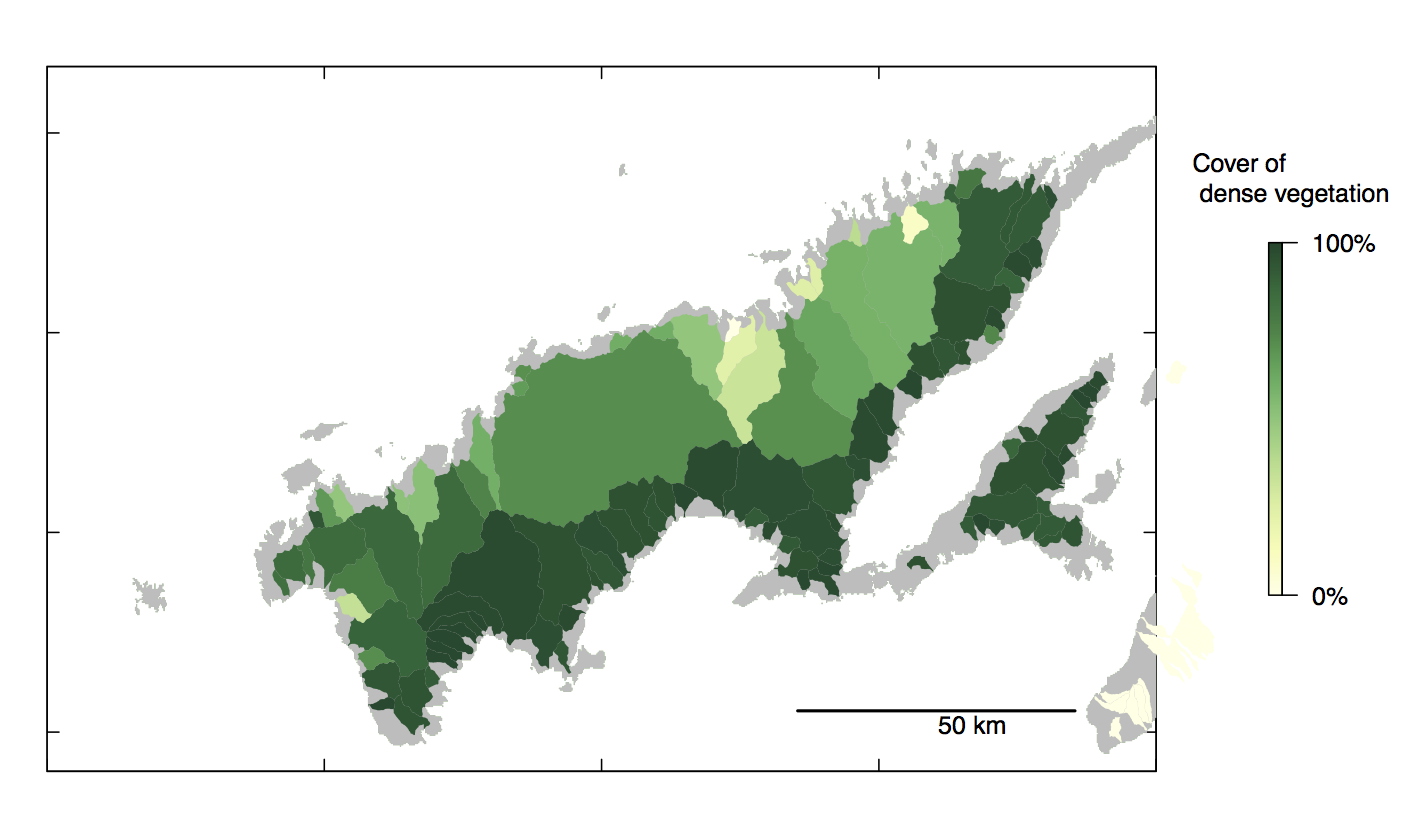Costing the impact of cyclone Winston on Fiji’s ecosystem services
Tropical cyclone Winston hit Fiji in February 2016 leaving 43 people dead, 120,000 without shelter and devastating infrastructure . As Fiji recovers, Fiji’s government is working to document the cost of this event to their economy.

Tropical cyclone Winston damages schools. Image: ABC news.
Our Science for Nature and People Partnership group on ‘Ridge to reef fisheries’ is supporting Fiji’s government to help document the cost of the cyclone to the services that Fiji’s ecosystems provide to people.
Assessments of economic damage from natural disaster’s typically only include direct economic costs, like the cost of repairing damaged schools. Such costings underestimate the true cost of natural disaster’s to society, because they do not account for damage to ecosystems. Ecosystems provide many goods and services that are important for people’s jobs and economic security.
For instance, coral reef ecosystems support the livelihoods of hundreds of millions of people globally. In Fiji they support people through drawing tourists and providing for fisheries.

Coral reef fisheries support the livelihoods of many people in tropical nations.
Reef ecosystems can be impacted by cyclones. The impacts can be direct, for instance the cyclone can tear up the reef. Impacts of cyclones can also be indirect. Heavy rainfall on land carries sediment and pollutants into rivers which then flow out to sea. The turbid waters can smother corals, killing them. Fish in turn depend on the coral habitat, so the whole ecosystem may be affected.
The Wildlife Conservation Society is working in Fiji and has a strong partnership with government. They have been working closely with the Fiji Government to provide inputs into the Post Disaster Needs Assessment to ensure that the assessment of the cyclones’s damage includes lost ecosystem services.
It can be challenging to mobilise a science team to document costs after a natural disaster like a cyclone. Fortunately, our SNaPP group has already been working on documenting Fiji’s ecosystem services on land and in the sea. The objective of our work is to help plan land-use change to minimise the run-off of pollutants into the ocean, where they may impact on fisheries.
Run-off of turbid water can be worsened by land-clearing. Loss of forest destablises the soil, so more soil runs into rivers with rain. Trees also break the energy of the rainfall and absorb some of the rain, so more trees mean less of the rainfall runs into rivers.
Our team has provided the Fiji government with some basic information about catchments and forest cover on the island of Vanua Levu, one of the most affected regions (see image).

Forest cover in Vanua Levu's major catchments, estimated as part of our SNaP working group.
The information about catchments and landcover will be used by government to help them document the cost of the cyclone to ecosystem services, and help formulate actions that can be taken as Fiji begins the earlier recovery phase, which includes better land-sea management.
The cyclone has also seen a shift in the science priorities for our working group. The Wildlife Conservation Society had been working towards an integrated coastal management planning meeting with government and Fijian communities in May. The meeting was to discuss the future of land-use change in parts of Fiji.
The SNaPP team had been working towards supporting the planning meeting, by providing estimates for how much pollution may cost fisheries and associated livelihoods. However, this natural disaster has seen a shift in local priorities, as people have suddenly become much more aware of the impact of extreme run-off events.
Our SNaPP team is now working to incorporate extreme events into the scientific advice we provide. We hope that information about extreme events will resonate with local stakeholders and help to highlight the importance of protecting local ecosystem services.